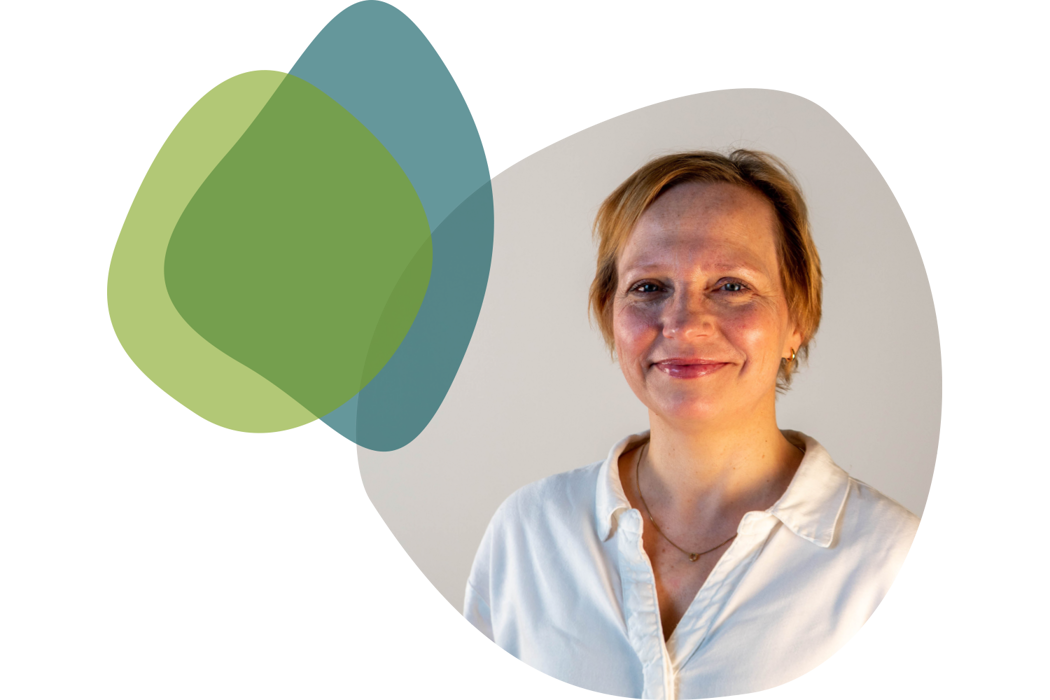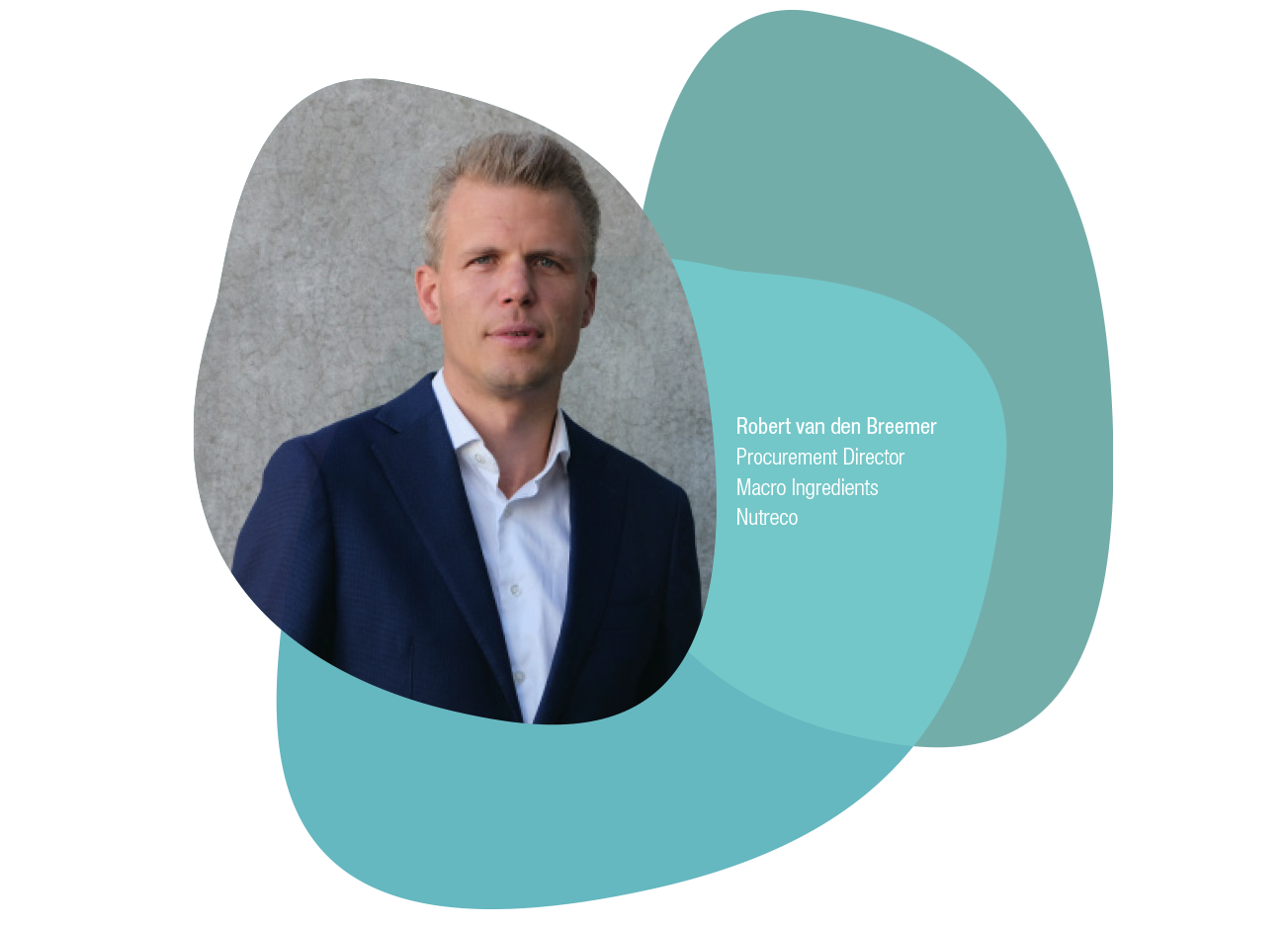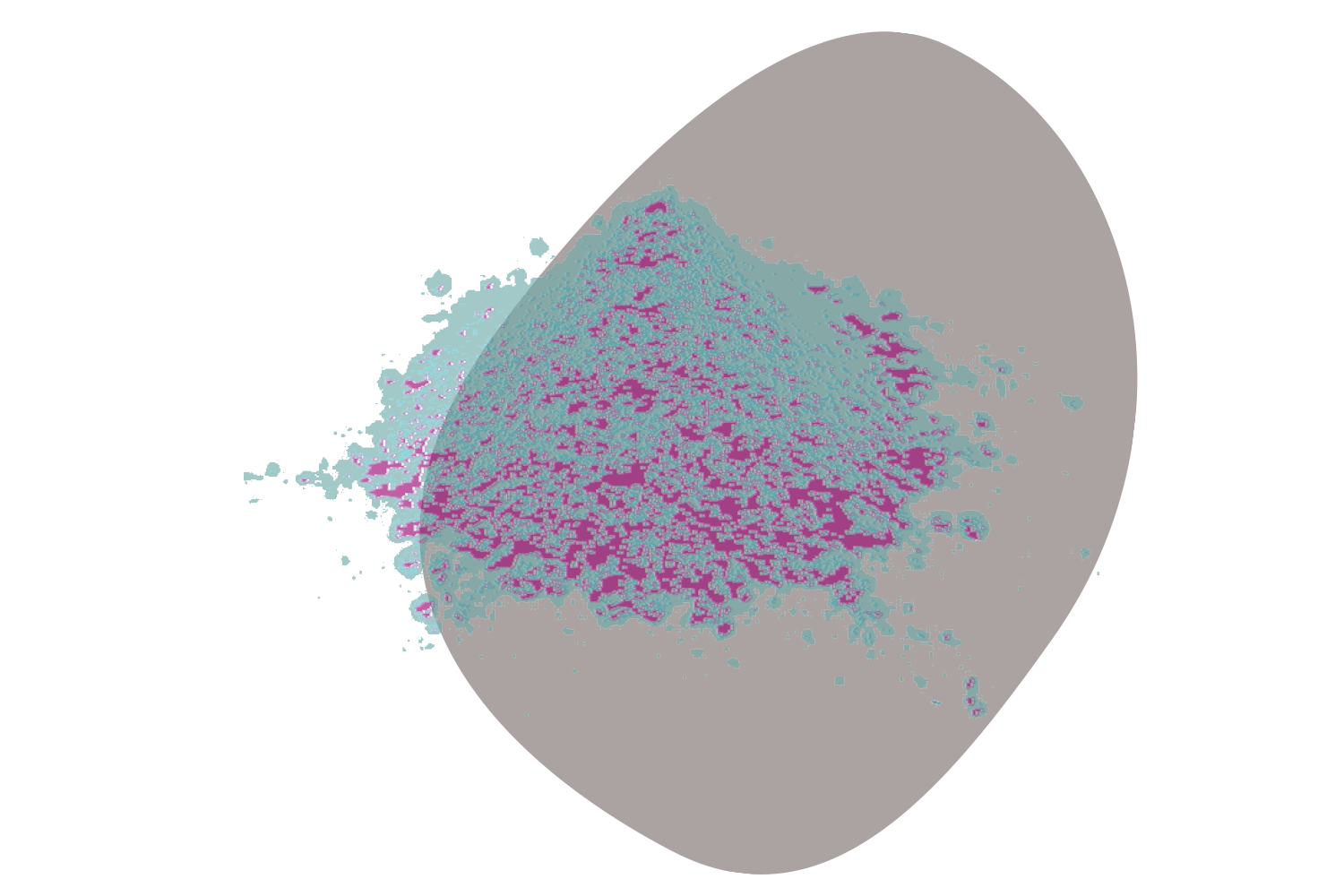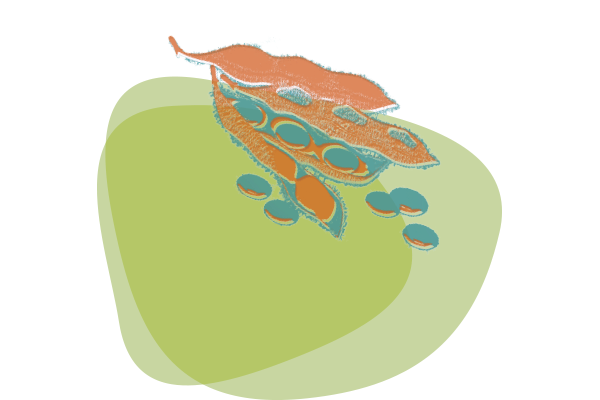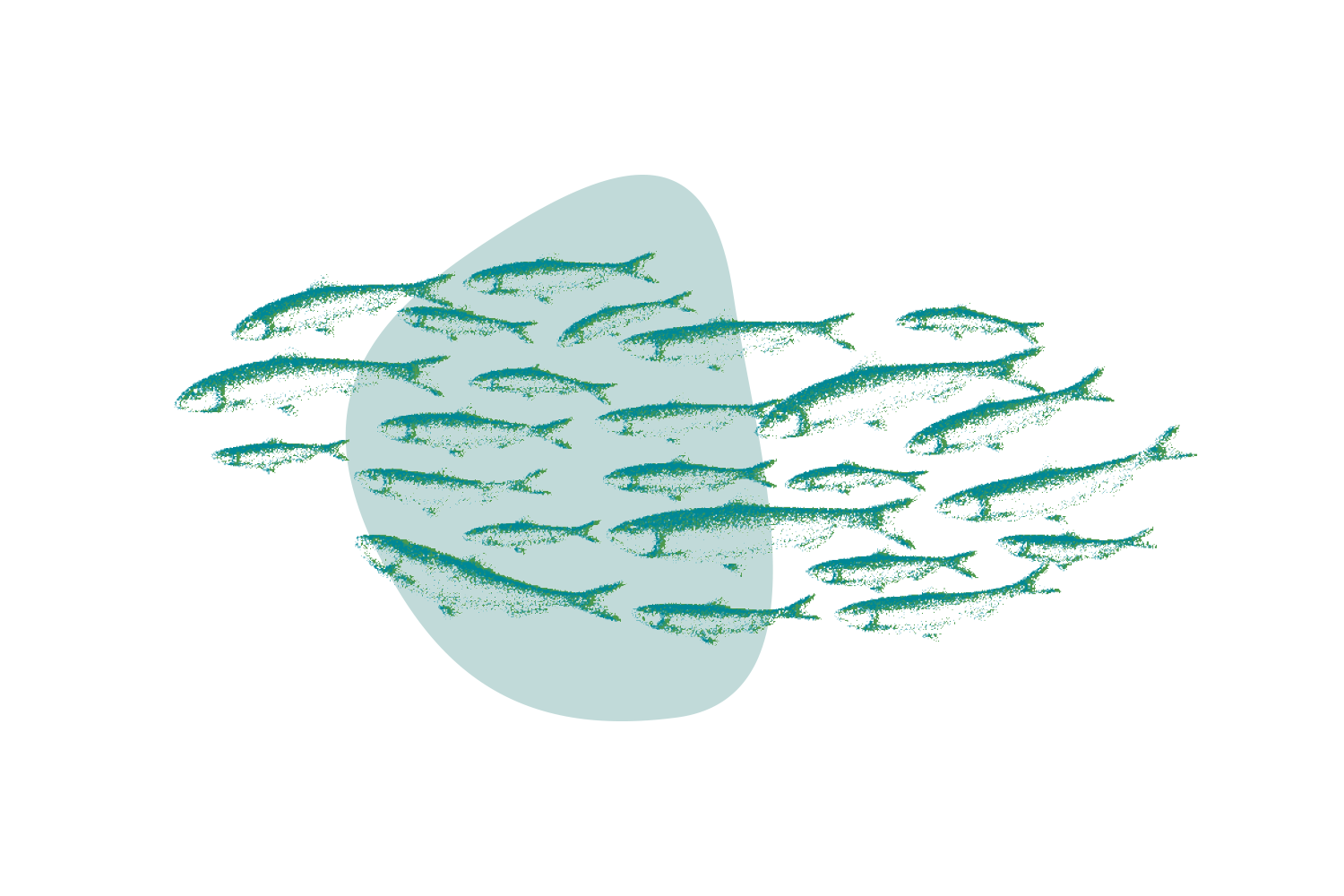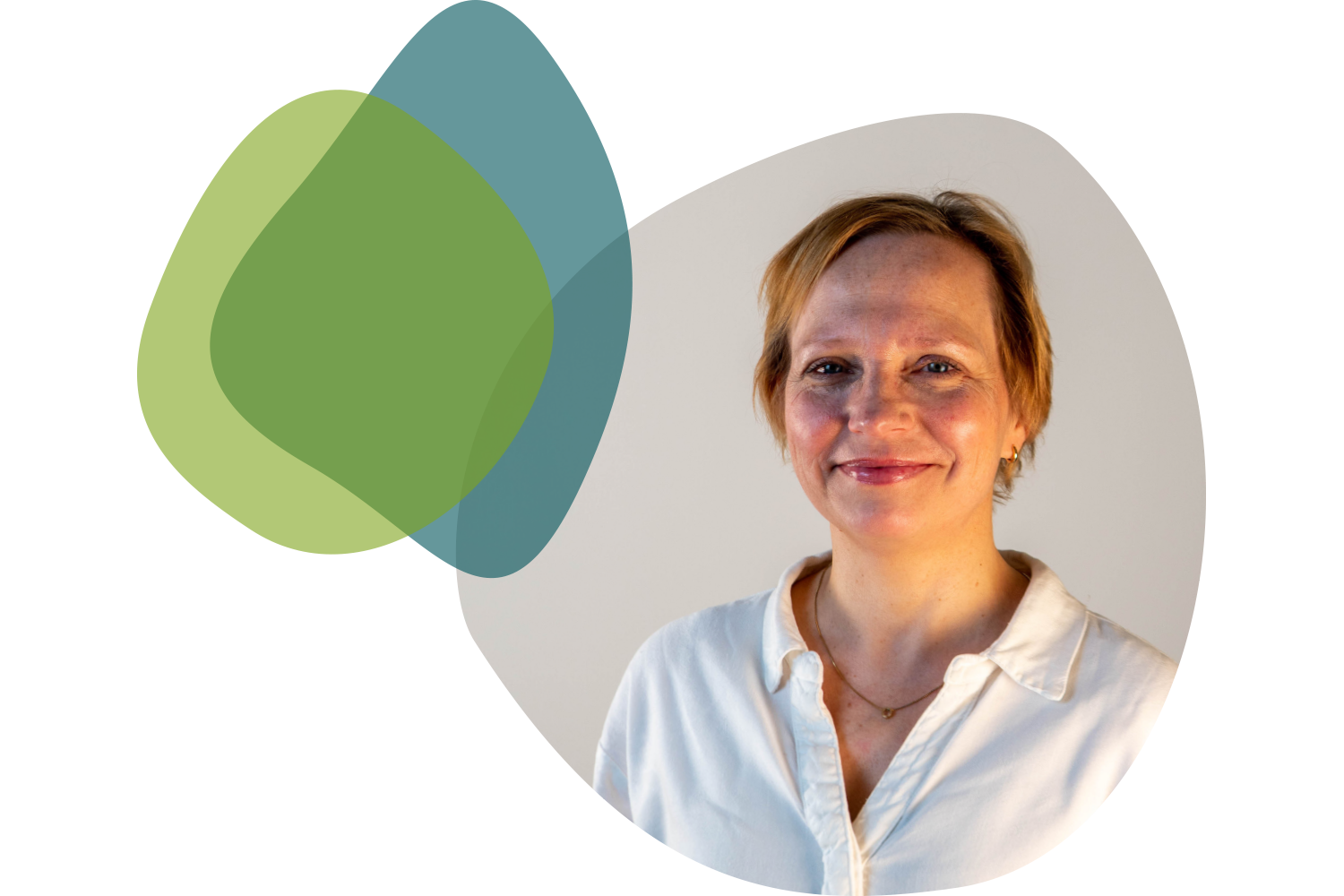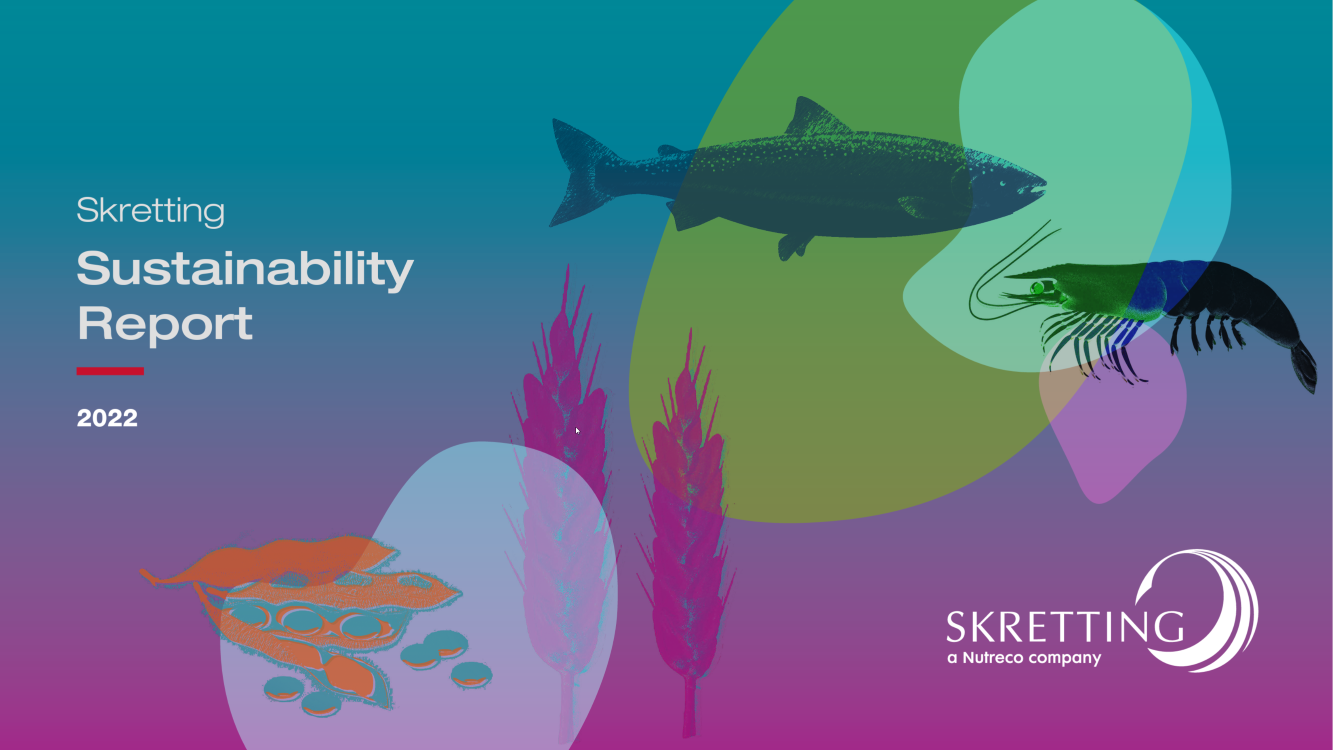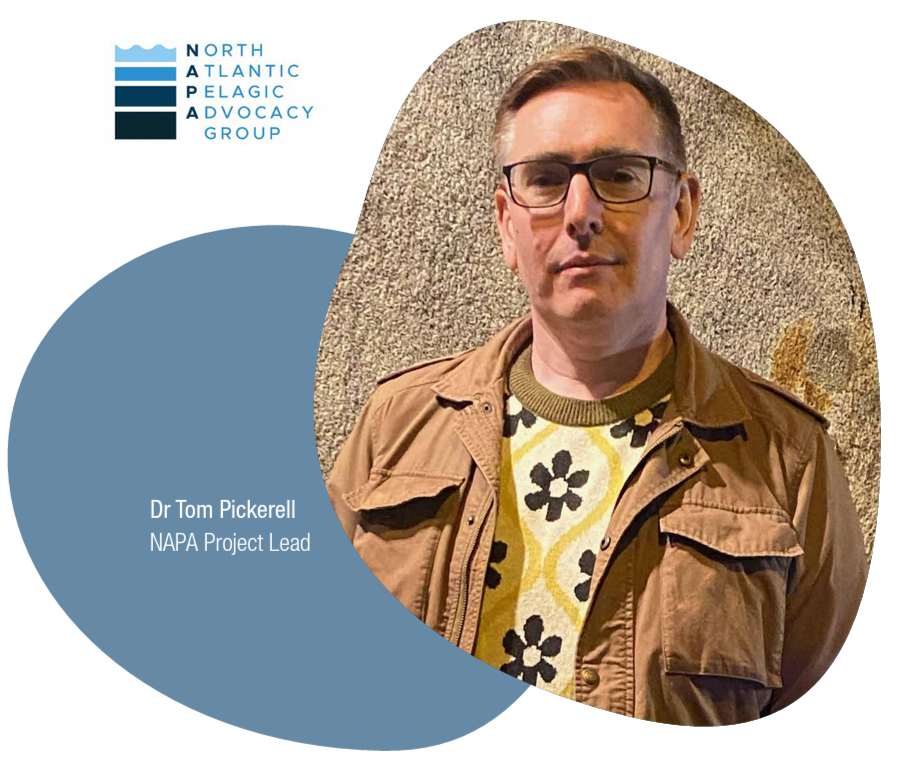 The consistent inability of Northeast Atlantic coastal states to find an agreed solution that delivers long-term, sustainable management of their shared pelagic fish stocks is of increasing concern to seafood supply chains.
The consistent inability of Northeast Atlantic coastal states to find an agreed solution that delivers long-term, sustainable management of their shared pelagic fish stocks is of increasing concern to seafood supply chains.
Established in 2020, in response to the continuing dispute over the region’s mackerel quota allocations, the North Atlantic Pelagic Advocacy Group (NAPA) now comprises more than 60 leading retailers and supply-chain businesses from across the world, including Skretting, all of which are publicly committed to the responsible sourcing of sustainable seafood. NAPA also has a number of affiliate member associations. This collective is using its voice to advocate for long-term, science-based management of Northeast Atlantic pelagic stocks.
Over time, the quota dispute has resulted in annual catches well above the advised level for the three commercially important species of mackerel, Atlanto-Scandian (Norwegian spring-spawning) herring and blue whiting. NAPA’s aim is to establish sustainability in these fisheries by securing an agreement on total allowable catches (TACs) in line with scientific advice, as well as long-term science-based fisheries management strategies.
The coalition is united in wanting to be able to source pelagics from this region providing that long-term, science-based management practices are in place that are supported by coastal states’ decision-makers. It intends to help deliver these aims through a fishery improvement project (FIP) for mackerel and herring (launched in April 2021), and also a MarinTrust Improver Programme (IP) for blue whiting (launched in October 2021). Both with three-year timelines, the FIP and IP serve to drive political will while holding key actors and decision-makers to account.
“Our FIP aims are very simple. They are to get the fisheries in a position where they can get Marine Stewardship Council certification if they wish, and to do that we need to agree an allocation mechanism, follow the scientific advice and commit to long-term management,” said NAPA Project Lead Dr Tom Pickerell.
According to Pickerell, the close involvement of commercial businesses and the broader industry has been recognised as a vital component in the delivery of FIPs since they were established, with the market pull incentivising better policy decisions.
This has been crucial because, as has been seen in the Northeast Atlantic, it’s often very difficult to establish consensus among the coastal states. Without agreement on sustainable allocations, each state has been allocating its own share of the total recommended catch. Unfortunately, the collective sum of these allocations has been much higher than the scientific advice – meaning fishing fleets are catching at unsustainable levels.
The Northeast Atlantic mackerel and herring FIP comprises three core action points:
- Sustainable harvest strategies
- Effective means for dispute resolution between coastal states
- Science-based decision-making by all management parties
To ensure full transparency of its work, the FIP is independently-audited and follows MSC certification criteria as benchmarks for sustainable practices. But Pickerell highlighted that what’s key – or the “teeth” – behind this FIP is the sourcing statements that NAPA members have issued, some of which include the warning that they will stop purchasing from these fisheries.
“These sourcing statements are quite novel as often these decisions are private to the businesses involved. But by having the individual companies' positions published, we are setting a very clear set of consequences,” Pickerell said.
Indeed, if the FIP were to fail in this regard, NAPA would expect these companies to honour their sourcing statements. Moreover, it fears the risk of these stocks actually becoming overfished would dramatically increase and require rebuilding on top of everything else.
Skretting’s position
Despite the setback in 2022, the level of commitment and attention that the project is gaining reaffirm the confidence that it is possible to set total fishing effort in line with scientific advice by 2024. It will be important that we continue adding market pressure to drive decisions based on scientific advice for sustainable f isheries. For now, we will continue purchasing blue whiting as long as the FIP is in place. We do this because by maintaining involvement we can drive change. But should progress falter, or the FIP fail, there is a risk that the blue whiting fishery will not qualify according to our marine ingredient sourcing policy.
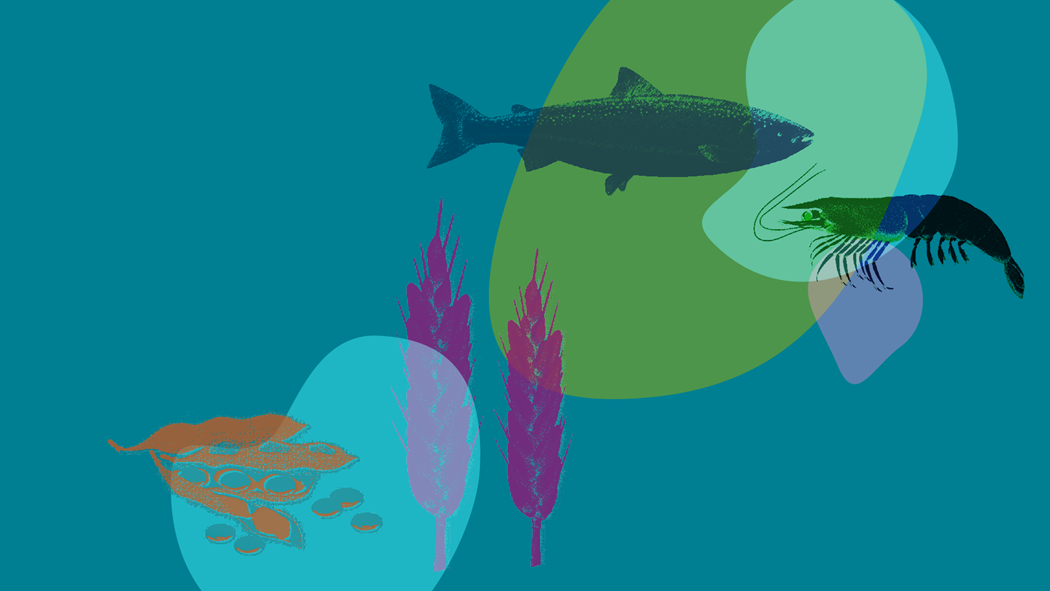
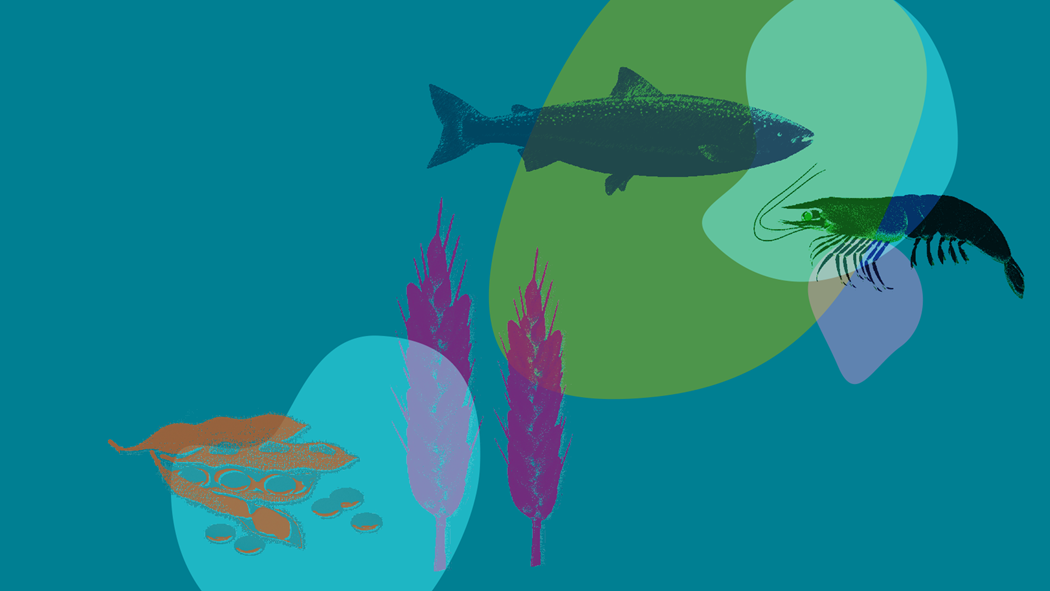
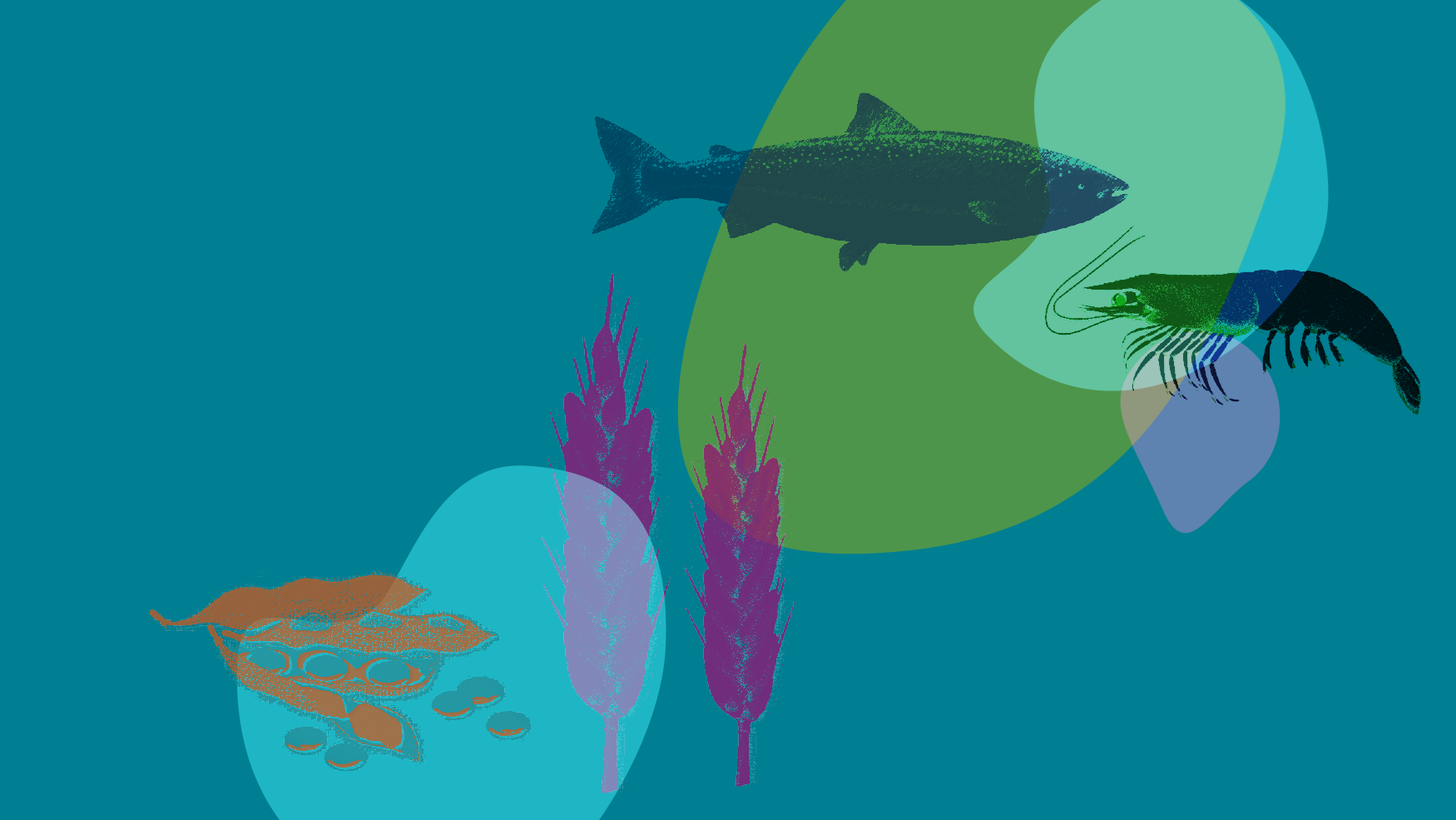
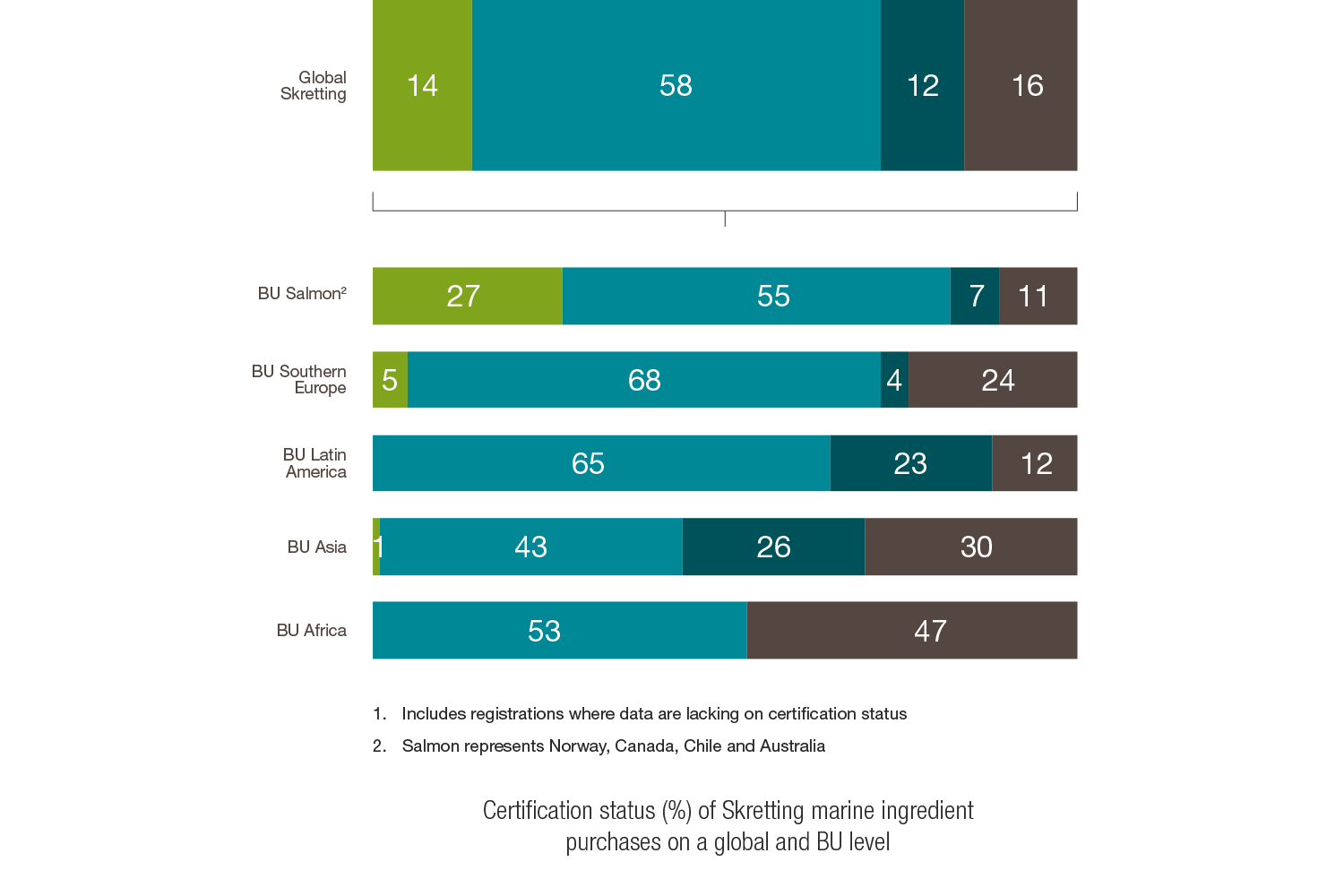
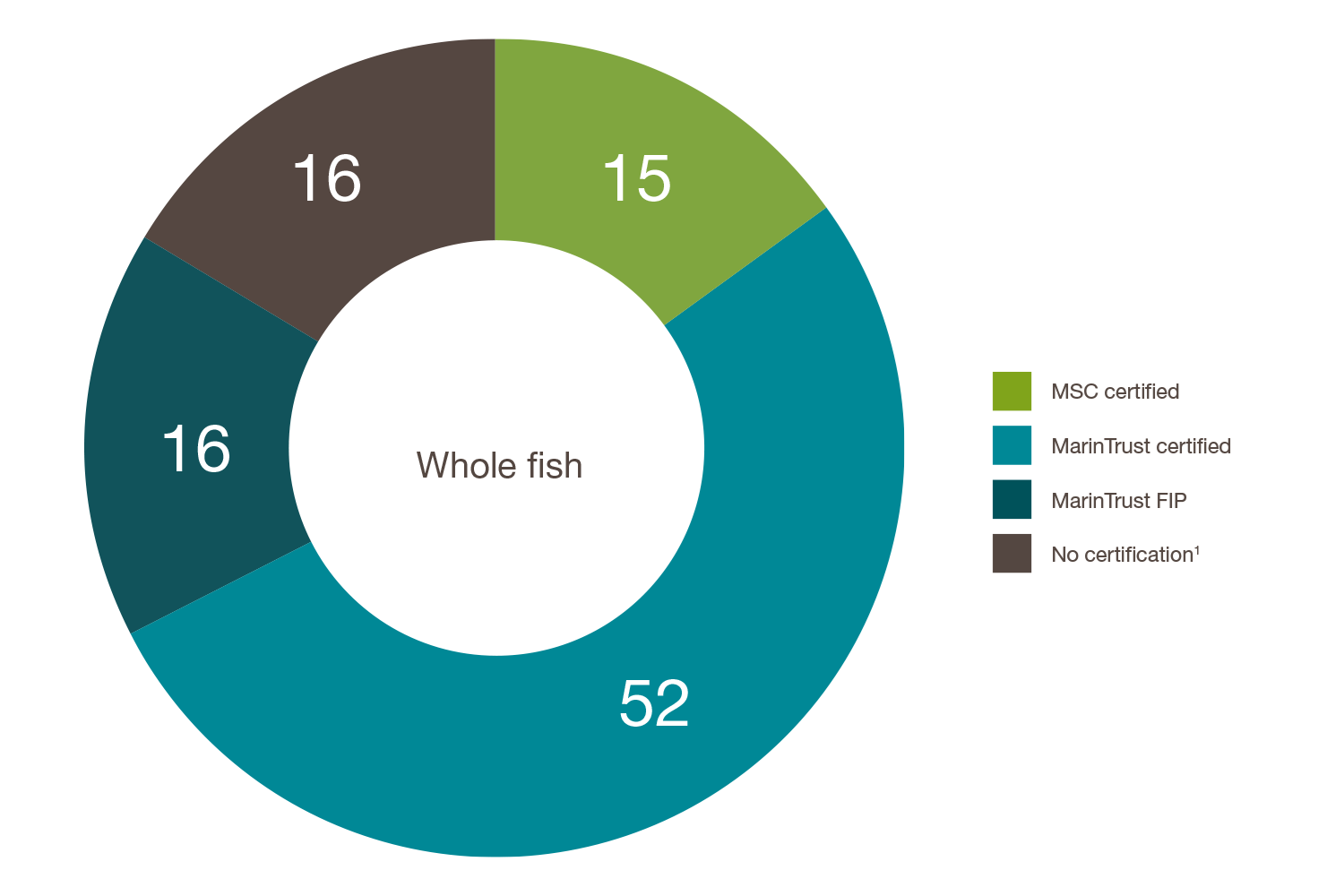
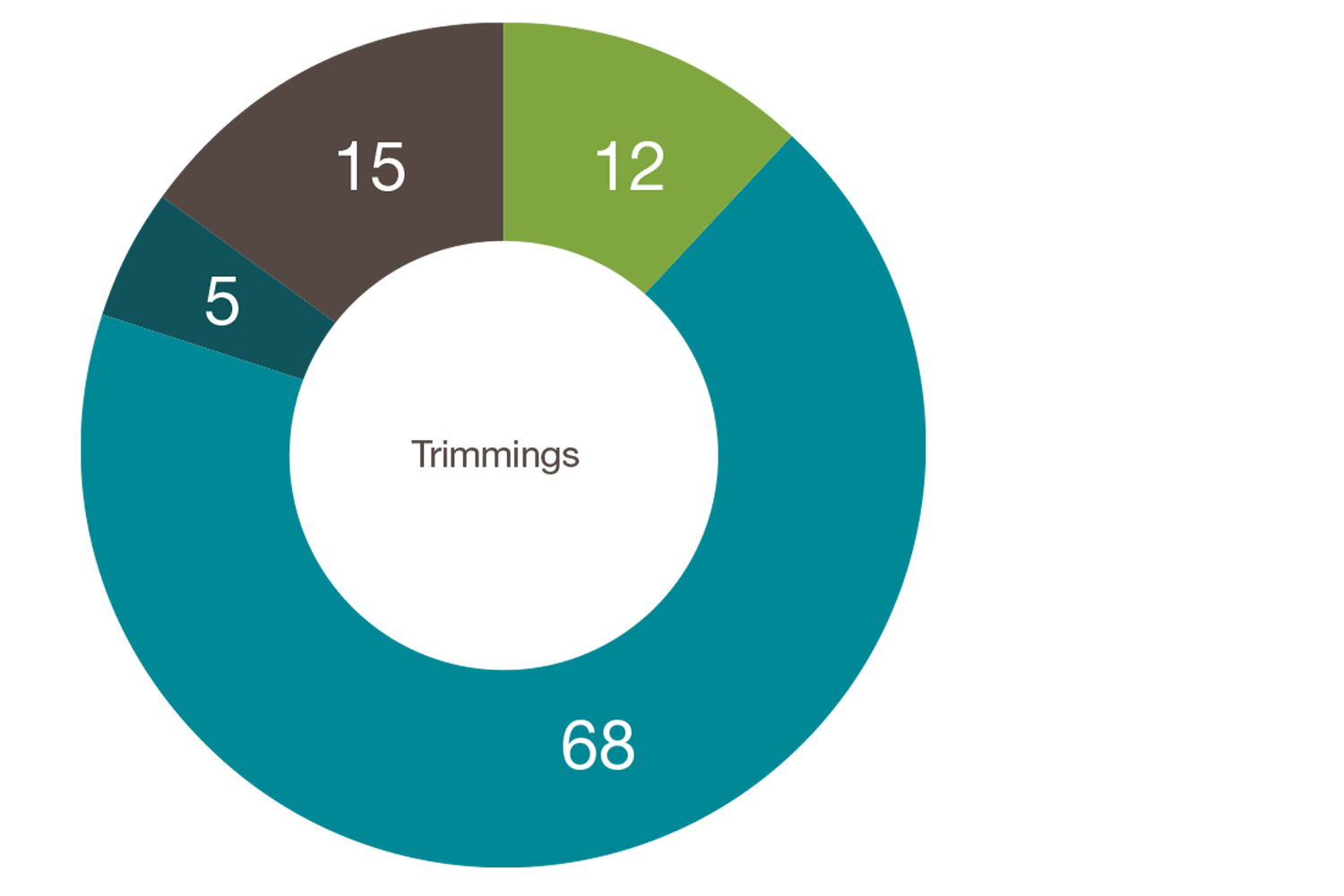
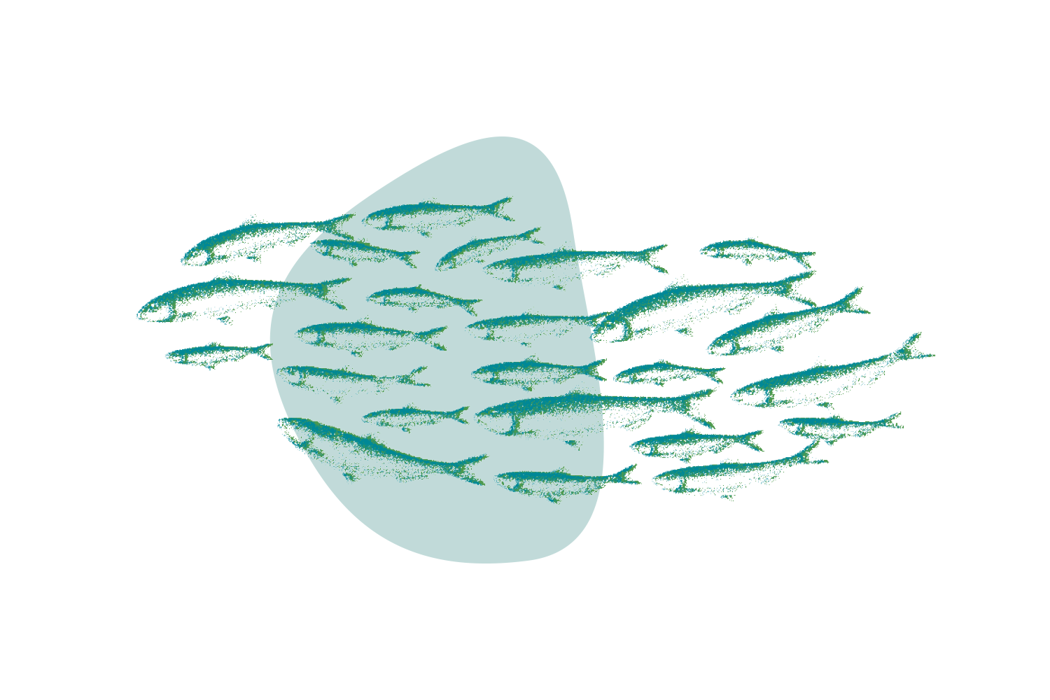
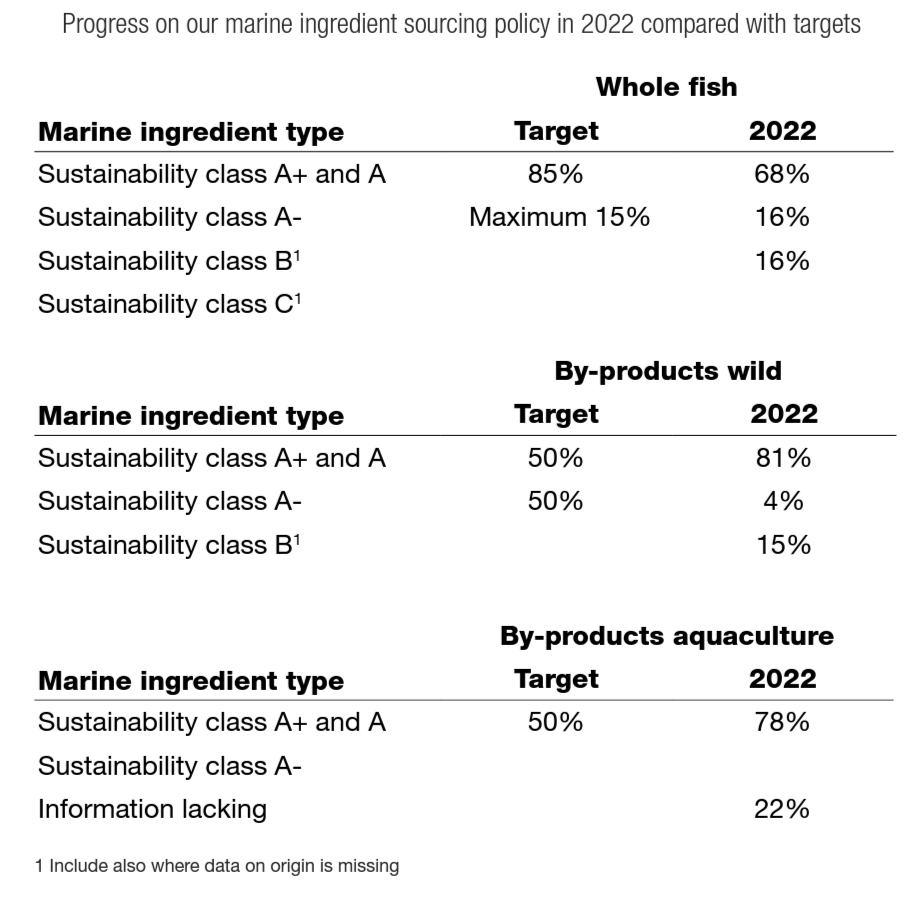
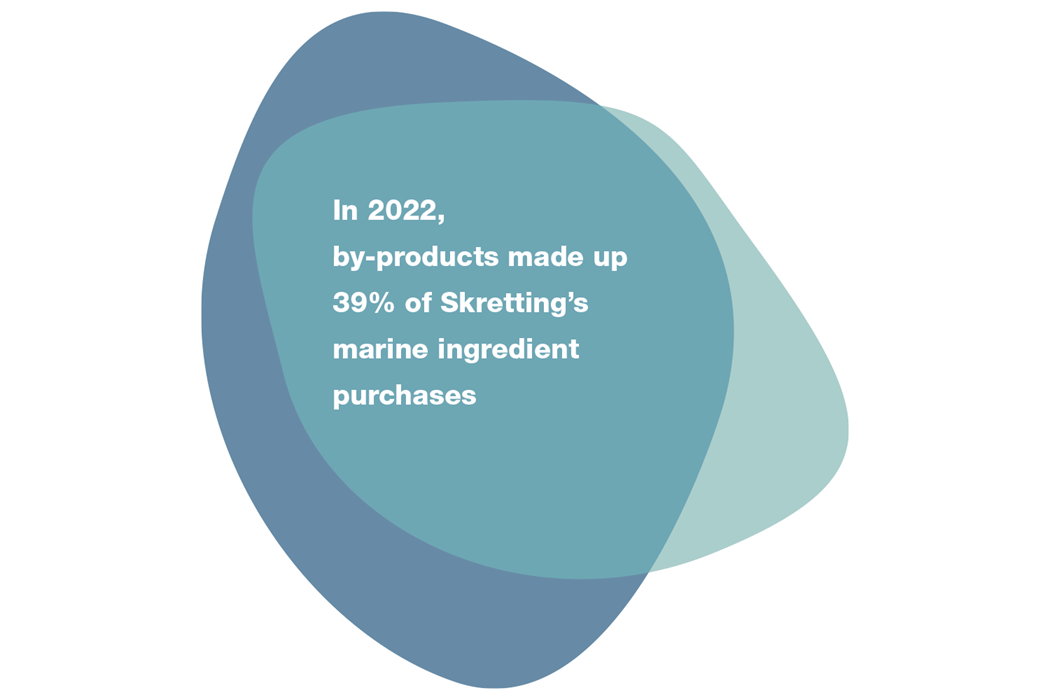
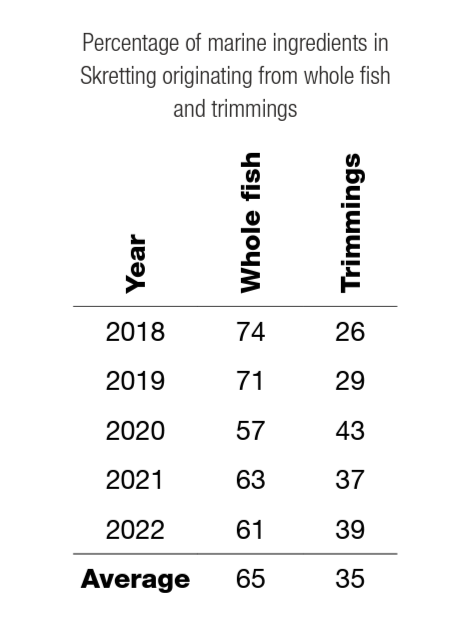
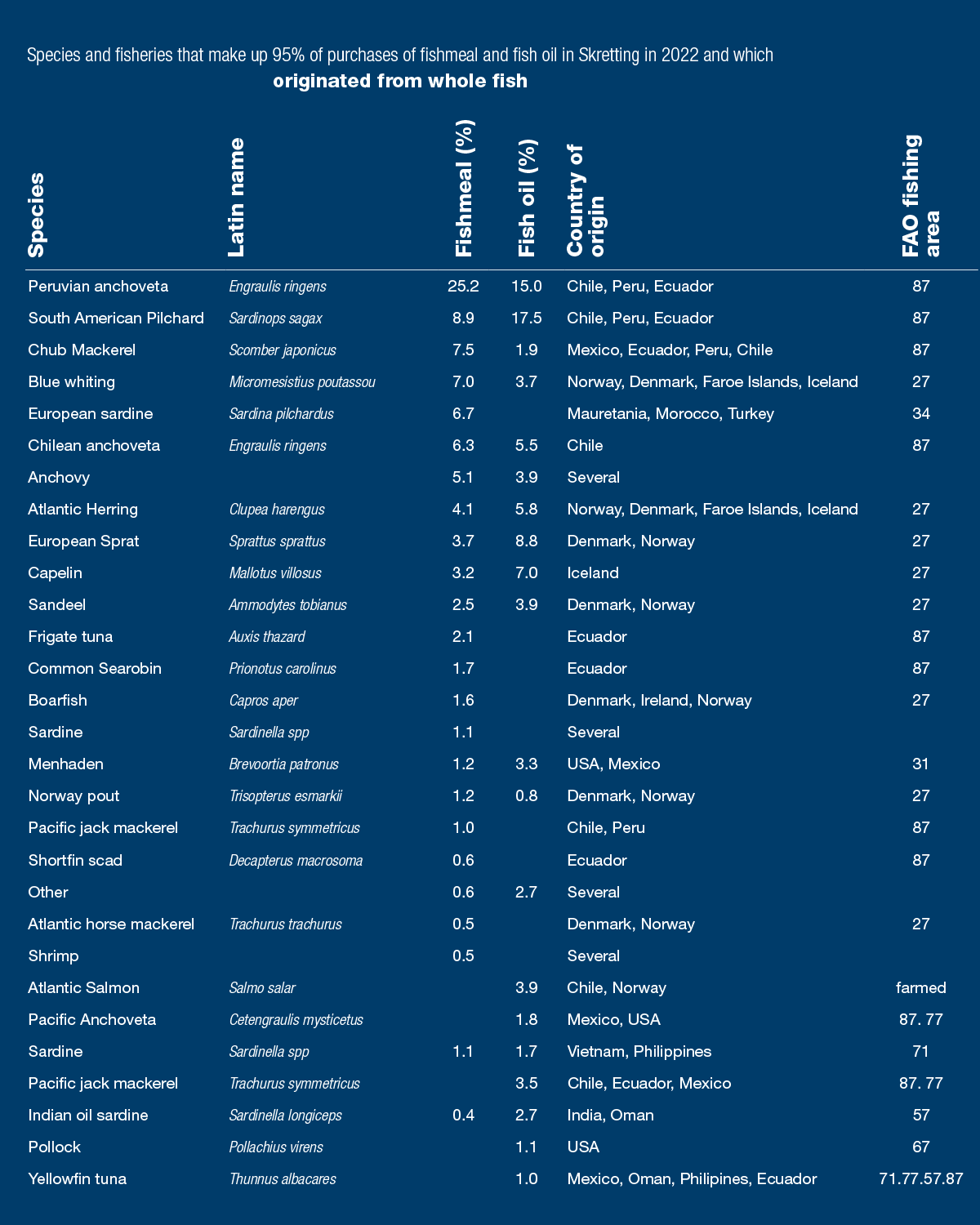
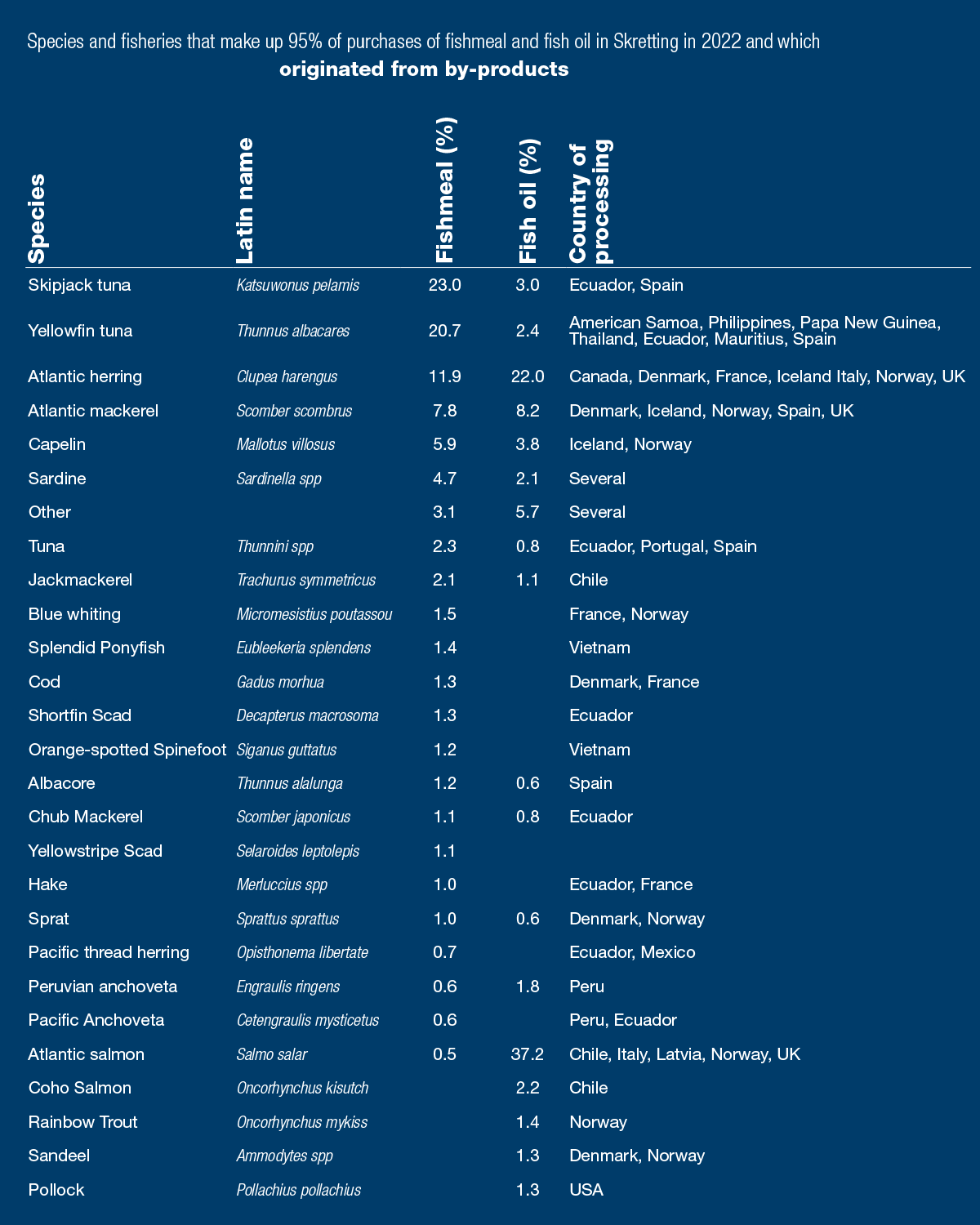
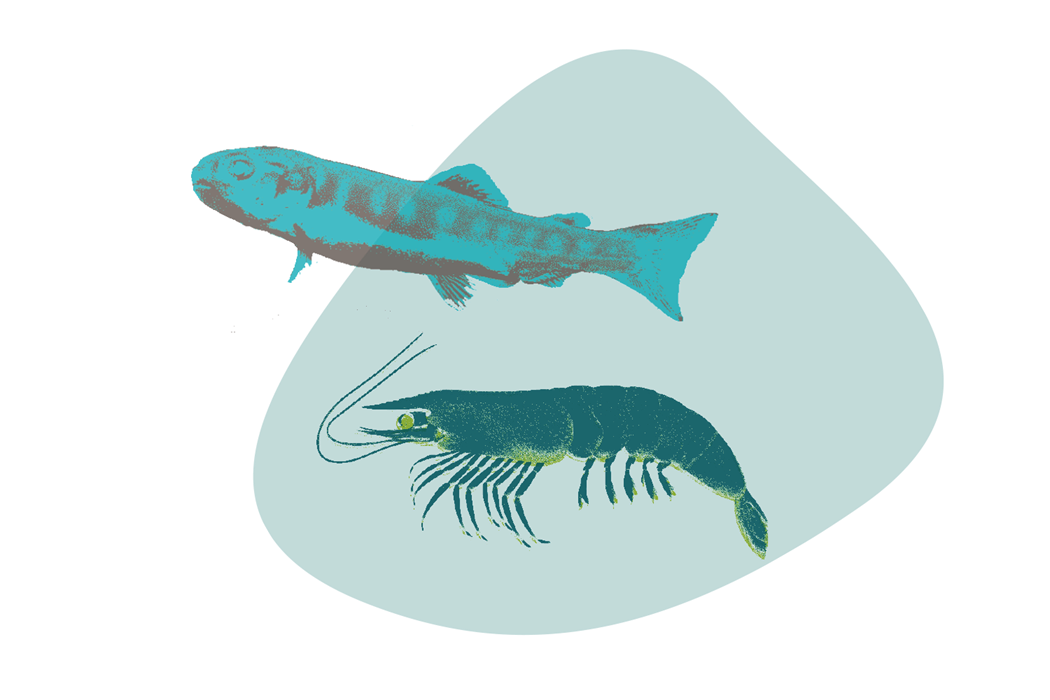
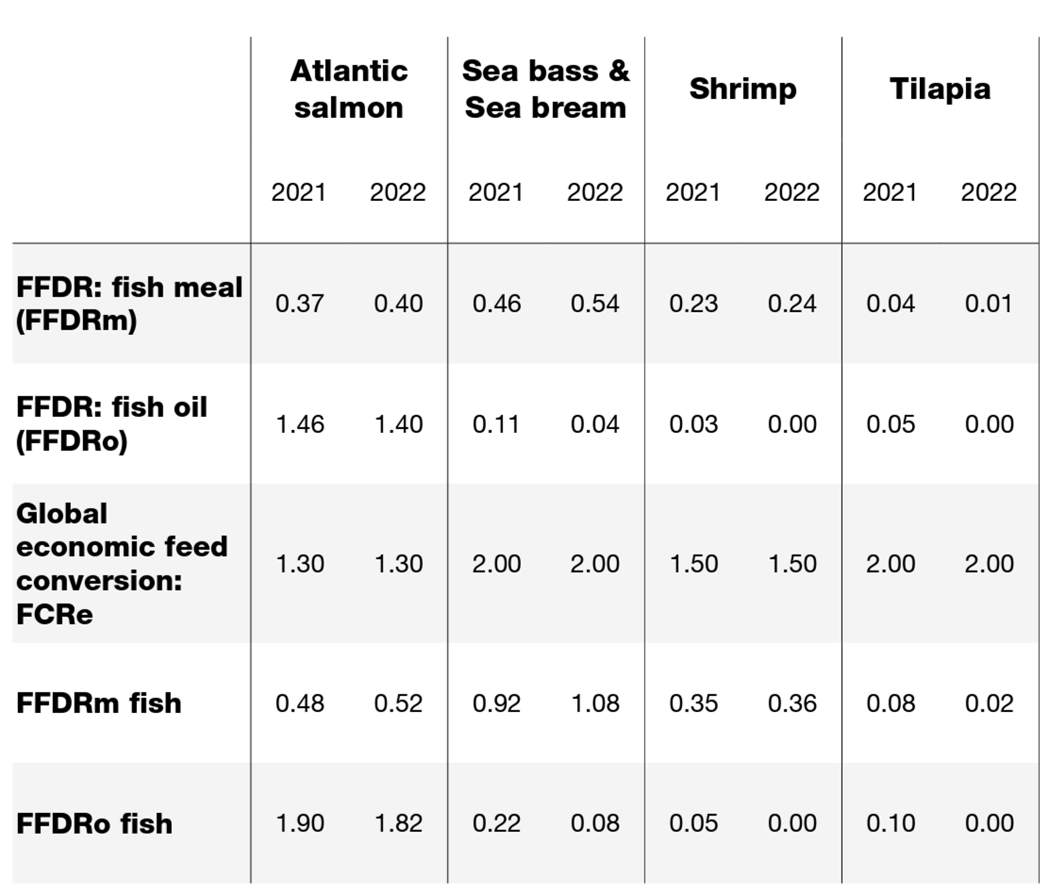
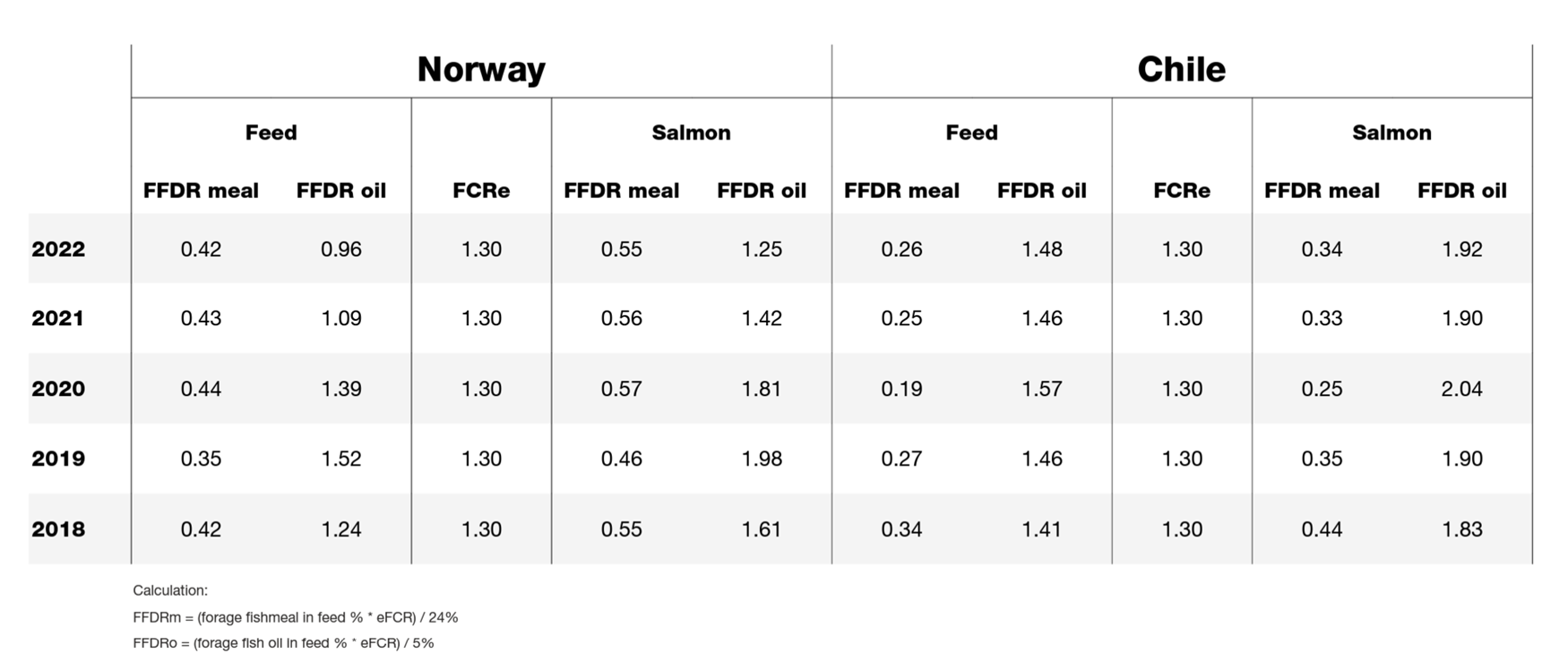
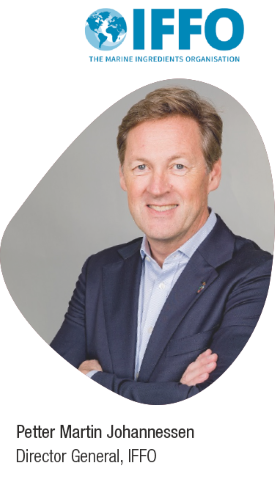 Marine ingredients, mostly fishmeal and fish oil, have been key to animal feed for several decades, although their use has shifted from pig and poultry as the main users in the 1980s, to aquaculture now using over 70%. This is due to the vast growth in aquaculture over the last decades and aquaculture being able to utilise the nutritional properties of marine ingredients better than other farming sectors. The consumption of marine ingredients, and in particular fish oil in pharmaceutical and petfood manufacturing sectors, has also been growing. The use of marine ingredients by these sectors is due to marine ingredients’ nutritional properties and availability at scale: with 5 million metric tons of fishmeal and 1.1 million metric tons of fish oil produced every year, marine ingredients offer predictability in terms of volume and benchmark status in terms of nutrition.
Marine ingredients, mostly fishmeal and fish oil, have been key to animal feed for several decades, although their use has shifted from pig and poultry as the main users in the 1980s, to aquaculture now using over 70%. This is due to the vast growth in aquaculture over the last decades and aquaculture being able to utilise the nutritional properties of marine ingredients better than other farming sectors. The consumption of marine ingredients, and in particular fish oil in pharmaceutical and petfood manufacturing sectors, has also been growing. The use of marine ingredients by these sectors is due to marine ingredients’ nutritional properties and availability at scale: with 5 million metric tons of fishmeal and 1.1 million metric tons of fish oil produced every year, marine ingredients offer predictability in terms of volume and benchmark status in terms of nutrition.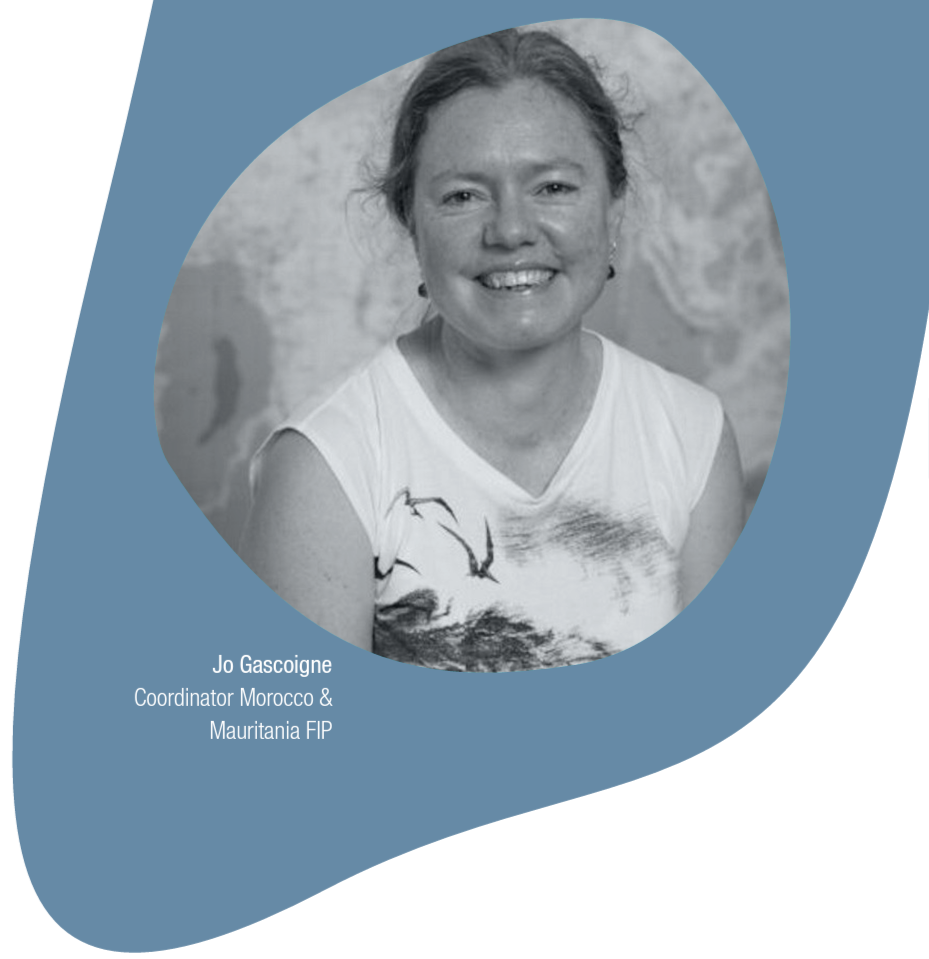 Mainly comprising sardines, as well as sardinella, pilchards, horse mackerel, chub mackerel and bonga shad, Mauritania’s small pelagic fishery improvement project (FIP) was initiated in 2017 through a partnership formed between the country’s fisheries authority, the Mauritanian oceanographic and fisheries research institute (IMROP), local businesses and international fishmeal and fish oil producers.
Mainly comprising sardines, as well as sardinella, pilchards, horse mackerel, chub mackerel and bonga shad, Mauritania’s small pelagic fishery improvement project (FIP) was initiated in 2017 through a partnership formed between the country’s fisheries authority, the Mauritanian oceanographic and fisheries research institute (IMROP), local businesses and international fishmeal and fish oil producers. The consistent inability of Northeast Atlantic coastal states to find an agreed solution that delivers long-term, sustainable management of their shared pelagic fish stocks is of increasing concern to seafood supply chains.
The consistent inability of Northeast Atlantic coastal states to find an agreed solution that delivers long-term, sustainable management of their shared pelagic fish stocks is of increasing concern to seafood supply chains.